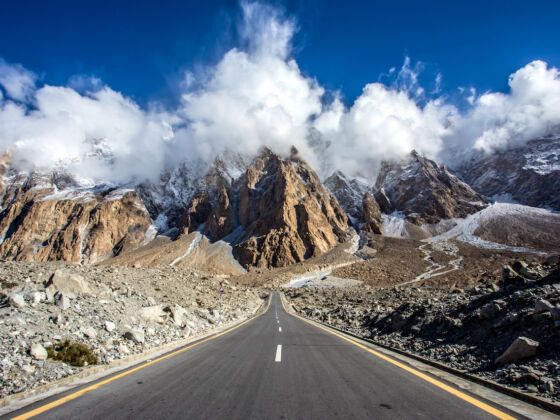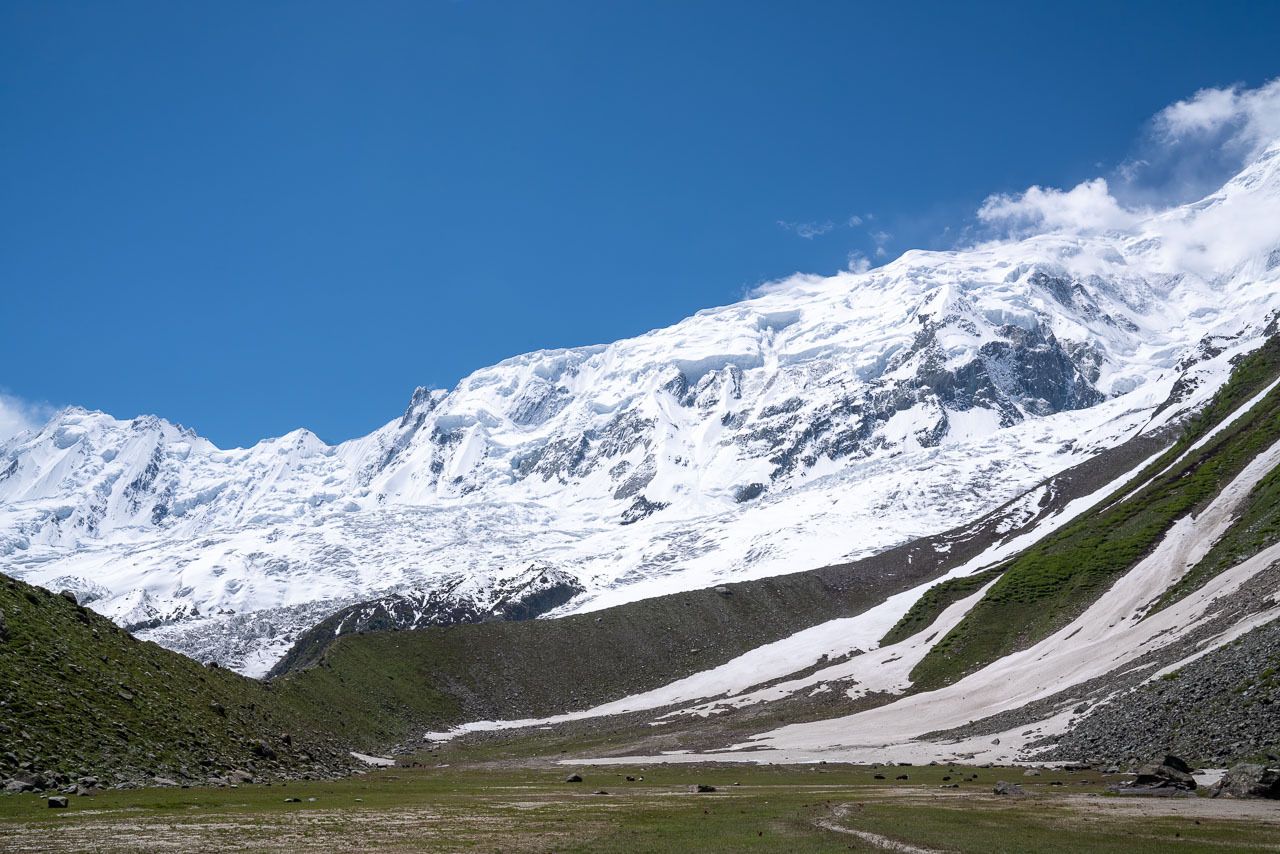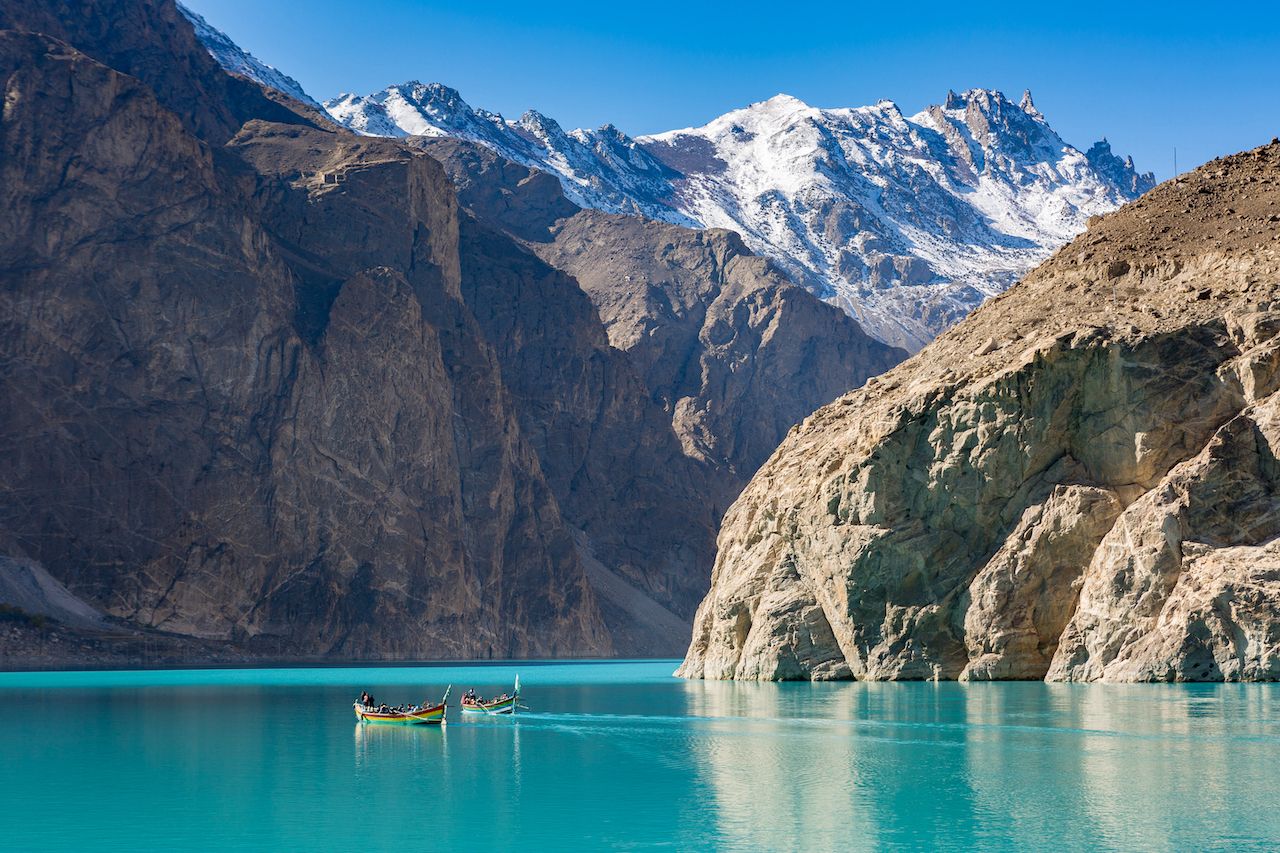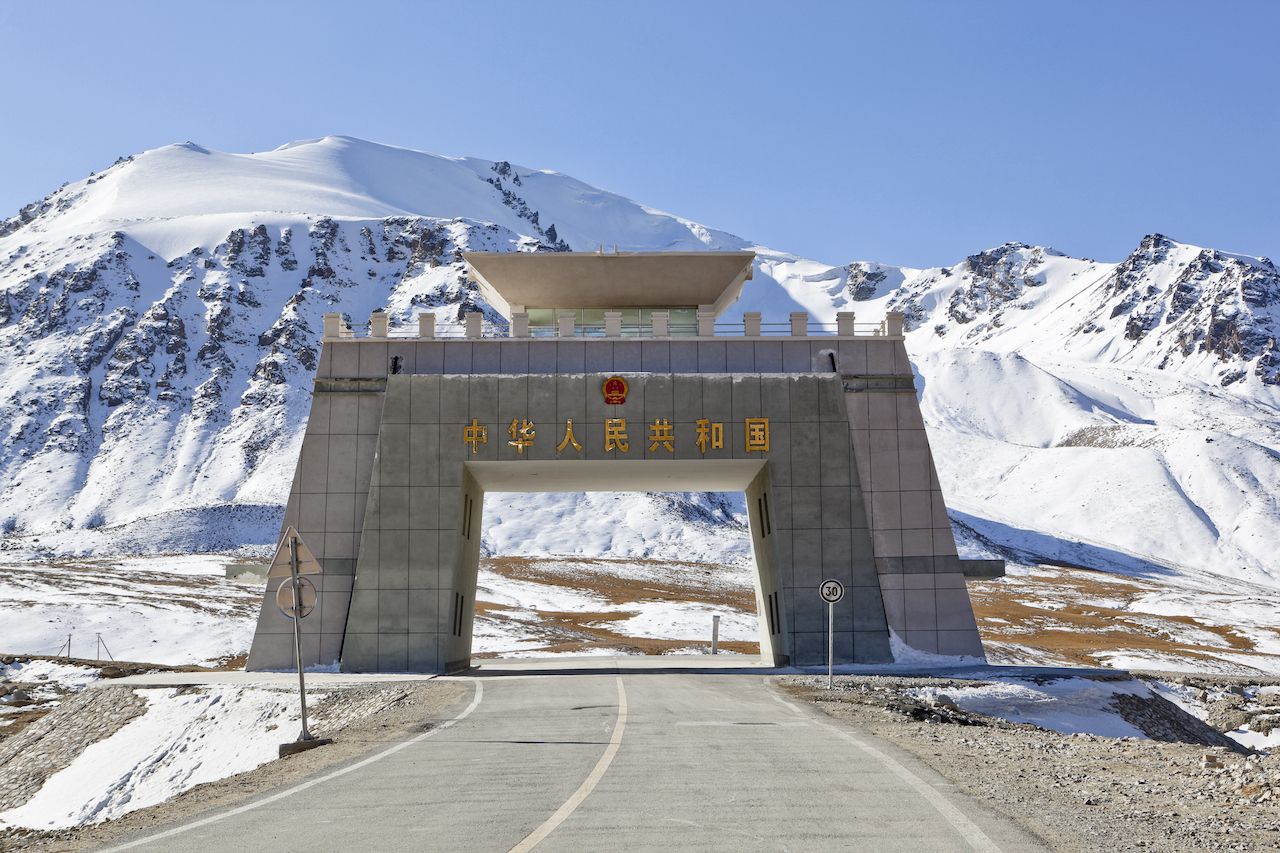Aptly nicknamed the “Eighth Wonder of the World,” the Karakoram Highway cruises over the world’s tallest mountain range between Pakistan’s capital Islamabad and Xinjiang in northwest China. On the way, it passes the 15,700-foot-high Khunjerab Pass, making it the world’s highest paved road when it was completed in 1978 by the governments of Pakistan and China to connect the countries.
The mostly well-paved architectural delight coasts through the planet’s most breathtaking mountain ranges — the Himalayas, Karakoram, and Hindu Kush Mountains — which add high alpine majesty to the highway’s functional appeal. Add in picturesque villages, suspension bridges, and treks, and you have the most bewitching road trip in all of Central Asia. Here’s how and why you should visit.






